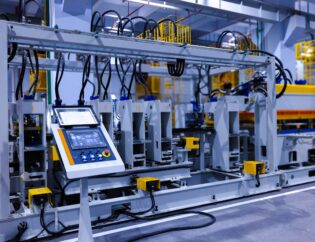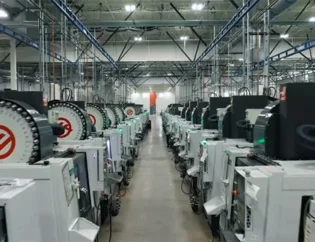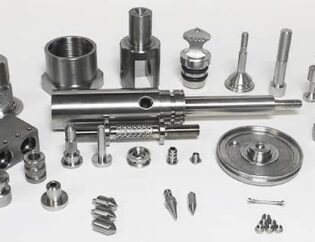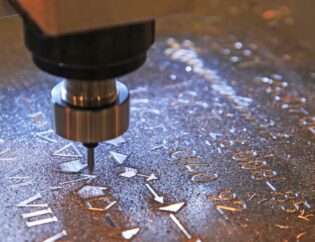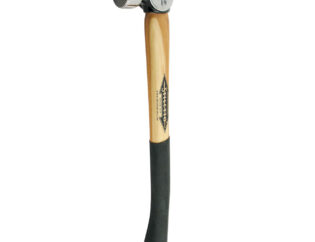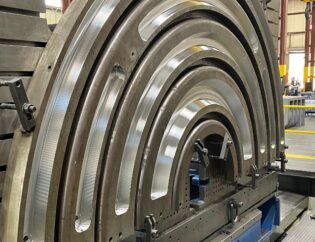Aluminum casting parts play a crucial role in various industries, from automotive to aerospace. Their lightweight nature, excellent corrosion resistance, and ability to be molded into complex shapes make them a preferred choice for manufacturers. Understanding the intricacies of aluminum casting can significantly enhance product performance and durability.
In this guide, readers will explore the different methods of aluminum casting, including sand casting, die casting, and investment casting. Each technique has unique advantages and applications, which will be thoroughly examined.
Additionally, the guide will cover essential considerations such as material selection, design principles, and quality control measures. By the end, readers will be equipped with the knowledge to make informed decisions in their aluminum casting projects, ensuring optimal results and efficiency.
Cast Aluminum: A Detailed Guide to Aluminum for Casting
An aluminum cast is a lightweight part made from aluminum material and/or other materials using an aluminum casting process. It is an integral part of industries that desire the durability, strength, and lightweight of aluminum and compatibility with complex product design.
Understanding Cast Aluminum
Cast aluminum is a term that denotes a part made from aluminum and/or other metals using one of the various casting processes. Generally, most aluminum casting processes involve heating the aluminum (and other metal) and pouring them in molten form into a prepared mold with the desired product design. Afterward, the molten aluminum cools down, solidifies, and takes the shape of the cavity.
The aluminum cast has the properties of aluminum and the other metals. Furthermore, it develops an external coating of aluminum oxide, which helps to prevent corrosion and is stronger than conventional aluminum material.
Technical Features of Cast Aluminum
Here are some key technical features of cast aluminum compared to other materials:
| Feature | Cast Aluminum | Cast Iron | Wrought Aluminum |
|---|---|---|---|
| Weight | Lighter than cast iron | Heavier than aluminum | Lighter than cast aluminum |
| Dimensional Tolerance | Better than cast iron | Lower than aluminum | Higher than cast aluminum |
| Precision and Accuracy | High due to softness | Lower due to brittleness | Very high due to processing |
| Thermal Resistance | Higher heat capacity | Lower heat capacity | Moderate heat capacity |
Different Aluminum Casting Processes
There are three main metal casting processes suitable for aluminum. Below are the processes and their peculiarities:
| Process | Description | Advantages | Disadvantages |
|---|---|---|---|
| Die Casting | Involves injecting molten aluminum into a die mold under high pressure. | Excellent surface finish, high production speed | Higher tooling costs, limited to simpler shapes |
| Sand Casting | Uses sand to create a mold for pouring molten aluminum. | Cost-effective for complex shapes | Lower dimensional accuracy, rough surface finish |
| Permanent Mold Casting | Uses gravity to fill a mold with molten aluminum. | Good surface finish, strong parts | Slower than die casting, higher initial costs |
Applications of Cast Aluminum
Cast aluminum parts are widely used across various industries due to their excellent physical and chemical properties. Here are some common applications:
- Medical Industry: Manufacturers rely on aluminum casts for their strength and lightweight in making prosthetics and surgical trays.
- Automotive Industry: Used for parts like brakes and steering wheels, aluminum casts improve fuel efficiency.
- Culinary Industry: Ideal for cookware due to excellent heat conduction and corrosion resistance.
- Aircraft Industry: Lightweight aluminum parts help reduce fuel consumption while maintaining strength.
Key Players in Aluminum Casting
Several companies specialize in aluminum casting, each offering unique capabilities and services:
– Bremer Manufacturing (www.bremermfg.com) focuses on custom aluminum sand casting, providing versatile solutions for various industries.
– Cast-Parts (www.cast-parts.com) excels in die casting, producing aluminum and zinc cast parts with a commitment to quality and timely delivery.
– Pentz Cast Solutions (www.pentzcastsolutions.com) offers precision casting and machining services, ensuring high-quality products tailored to customer specifications.
– CPI Cast Products (www.getcpi.com) is known for its innovative design and manufacturing of custom aluminum components for various markets.
– WayKen (waykenrm.com) provides a range of casting processes, including die casting and CNC machining, to deliver cost-effective solutions.
Conclusion
Cast aluminum parts are essential in various industries due to their lightweight, strength, and versatility. Understanding the different casting processes and their applications can help manufacturers choose the right method for their needs. Companies like Bremer Manufacturing, Cast-Parts, Pentz Cast Solutions, CPI Cast Products, and WayKen are leading the way in providing high-quality aluminum casting solutions.
FAQs
Related Video
What is the most accurate aluminum casting method?
The most accurate aluminum casting method is permanent mold casting. Due to gravity, there is better dimensional tolerance and fewer defects compared to die casting and sand casting.
How many types of aluminum casting processes are there?
There are three types of aluminum casting processes: permanent mold casting, sand casting, and die casting.
Is die cast aluminum the same as cast aluminum?
Cast aluminum refers to parts made using various casting processes, while die cast aluminum specifically refers to parts made using high-pressure die casting.
What are the advantages of using cast aluminum?
Cast aluminum offers a fine surface finish, the ability to create complex shapes, and lightweight properties without compromising strength.
What industries commonly use cast aluminum?
Common industries include medical, automotive, culinary, and aerospace, where the properties of cast aluminum are highly beneficial.

